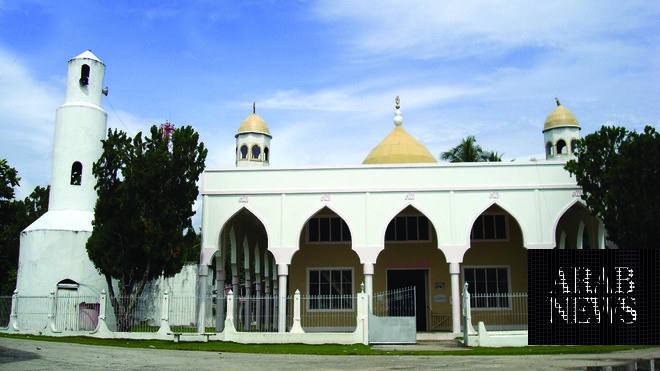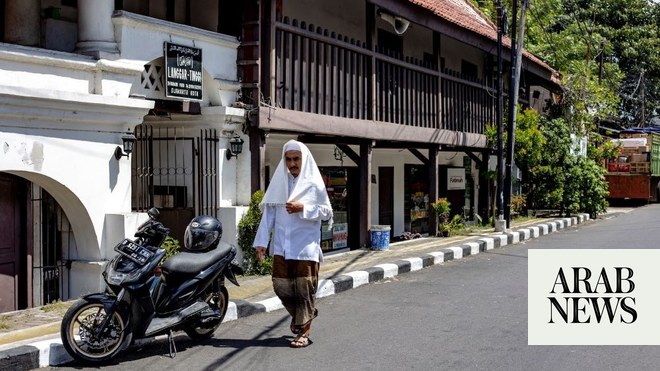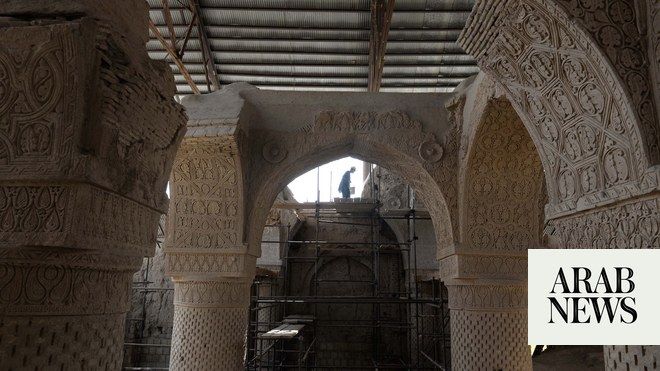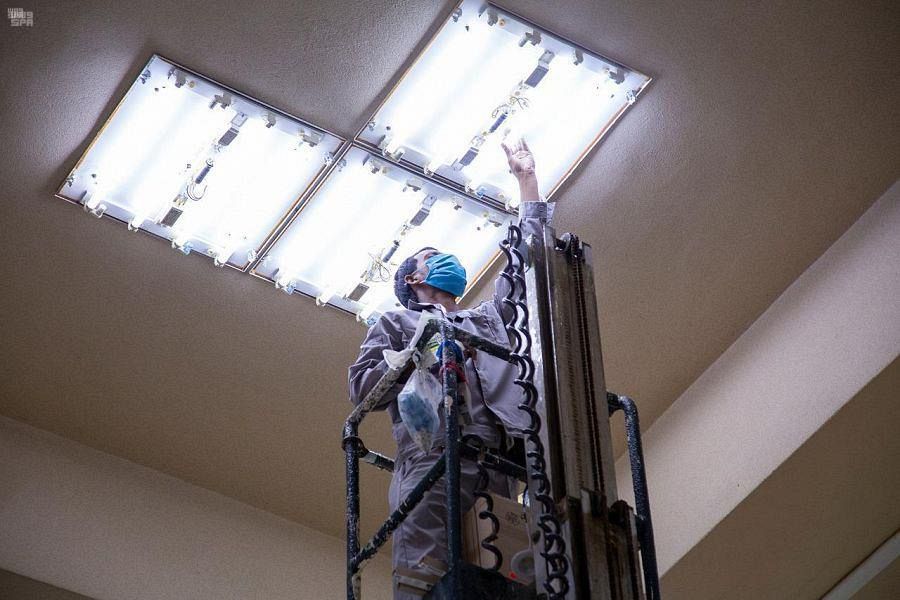
MANILA: Legend has it that the pillars of Sheikh Karimul Makhdum Mosque in Tawi-Tawi were unbreakable. They survived many attempts at destruction over the past six centuries and till today remain standing.
The first mosque to be established in the Philippines, it was, according to local folklore, built by Arab trader and missionary Makhdum Karim in 1380, which makes it also one of the oldest in Southeast Asia.
“The establishment of the Sheikh Makhdum Mosque in the 14th century ushered the beginning of Islamization in the Philippines,” said Prof. Julkipli Wadi, dean of the Institute of Islamic Studies at the University of the Philippines.
“That was 200 years before the advent of Spanish colonialism and the entrenchment of the Westernized version of Christianity in this part of Southeast Asia.”
The pillars of the small white mosque in the municipality of Simunul in the southernmost island province of the Philippines, are believed to come from the original mosque and are considered sacred.
“Legend has it there were various attempts to remove the old pillars of the mosque. For some reason, those attempts were unsuccessful. Hence, some old folks thought that those pillars were a source of blessings and people began to take pieces from them and use them as amulets,” Prof. Wadi told Arab News.
“That led the local government to protect the pillars with plastic glass so that people would not be able to carve pieces from them.”
The mosque was burned down during the Japanese invasion of 1941 — when everything but the pillars was turned to ashes — and rebuilt in the 1960s, with restoration works done also more recently. In 2013, President Benigno S. Aquino signed a Republic Act declaring Sheikh Karimul Makhdum Mosque a national historical landmark.
Sheikh Makhdum was one of the seven legendary preachers who arrived by sea and introduced Islam to Mindanao and Sulu.
They all belonged to a branch of the Naqshbandi, a major Sunni order of Sufism, or Islamic mysticism that flourished in Central Asia and eventually spread to the Indian subcontinent, particularly today’s Gujarat — a strategic area of the Silk Road connecting China, India, and the Islamic world of the 13th and 14th centuries.
“It’s enduring physical evidence of Islam in the country,” said Prof. Darwin Absari from the University of the Philippines’ Institute of Islamic Studies.
“It connects the country to the larger community of Muslims in Southeast Asia and the whole of the Islamic world.”
The Bangsamoro Autonomous Region in Muslim Mindanao, of which Tawi-Tawi is part, celebrates Sheikh Karimul Makhdum Day as a public holiday on Nov. 7.
In June, Filipino Muslims urged the Senate to declare the day a non-working holiday across the whole Philippines, as the Bangsamoro Commission for the Preservation of Cultural Heritage argued that “for more than six centuries, the mosque built under Makhdum’s guidance served as a beacon of continuing legacy and pride of all Muslim Filipinos” and evidence of the “immense contribution of the Islamic faith to the enrichment, vibrance and diversity” of Philippine culture.
Muslims constitute roughly 6 percent of the country’s 110 million predominantly Catholic population. Most live on the southern islands of Mindanao and the Sulu archipelago.
The Tawi-Tawi mosque is a source of pride not just for the little province but the whole region of the Muslim south. Its existence implies that Islam “has been deeply rooted in the province,” Prof. Nasser Kadil from the Mindanao State University said.
“It has become a source of pride having the oldest mosque and implying that Sheikh Makhdum and his group first landed in Tawi-Tawi, therefore Islam (in this region) started in Tawi-Tawi.”










